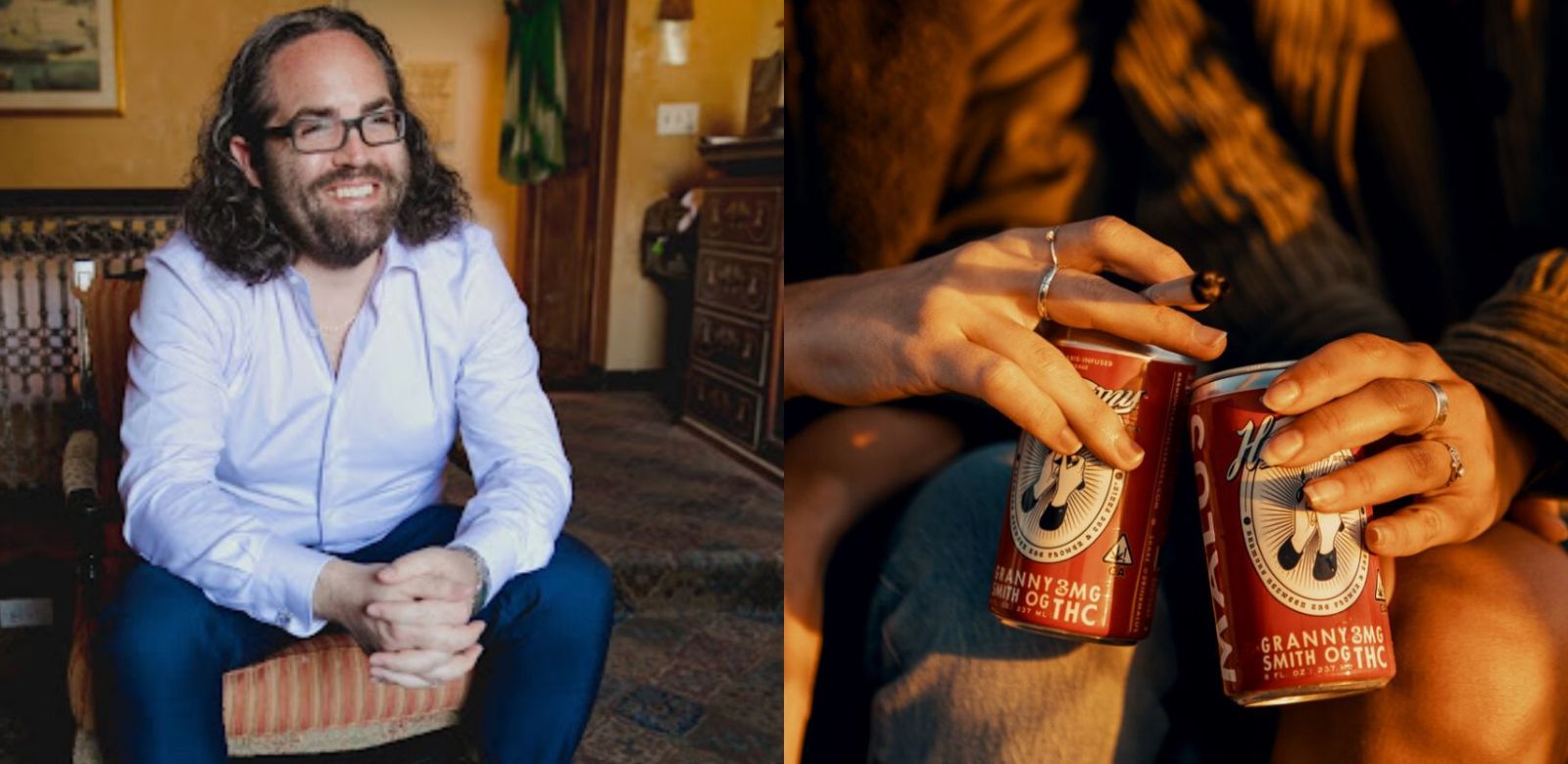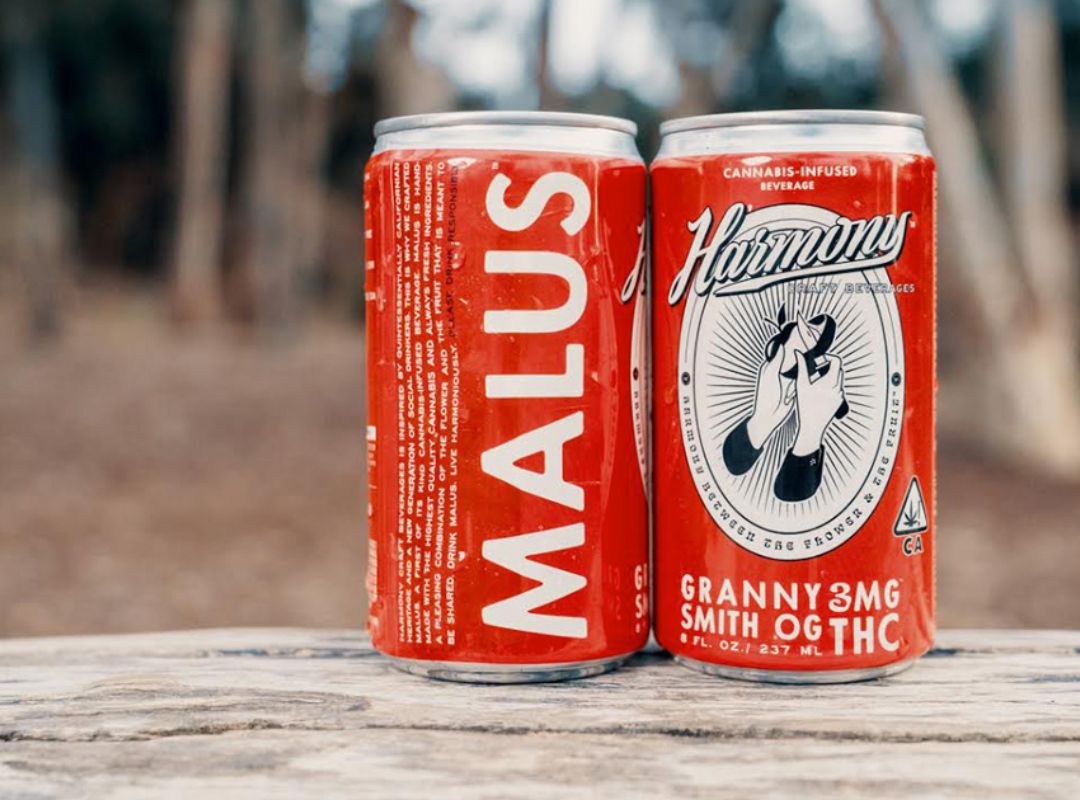
Producer Profiles
“Emotions are what they are, they’re not right or wrong” - Evan Eneman on Cannabis Branding
Founder and CEO of Sands Lane Holdings, scrutinize marketing strategies and suggests guidelines for Cannabis brands and products
Can you tell us the “backstory” about what brought you to the cannabis industry?
I’ve been a journeyman of sorts across various industries over my professional career. I’ll come back to that later. As a consumer, I entered the space in 1996 while at school in Philadelphia. Unbeknownst to me, it was the same year California decriminalized cannabis for medicinal use under Prop 215, exempting patients and caregivers from legal prosecution for possessing and cultivating cannabis. There are many nuances to that which I won’t go into, needless to say, my experience with the plant and culture on the east coast was vastly different from my experience when I moved out to California from New York in the fall of 2009. I entered a community that was open, supportive, and focused on education and access. Fast forward a few years to the “legalization of adult-use” in Washington state and Colorado and my intersection of past experiences in hospitality, financial services, technology, strategy, music & entertainment, and branding and marketing, manifested in leading the initiative to create one of the first professional cannabis venture capital firms called Casa Verde Capital, co-founded with Snoop Dogg. From that, and along with the brand and media platform I supported with Snoop Dogg, I also launched a creative agency and professional services platform to support brands and operators who were looking to enter the industry. Fast forward again and all of my experience was shifted to be 100% under Sands Lane Holdings, where we’ve developed a 360 brand-centric purpose-driven ecosystem for brands in emerging markets like cannabis leveraging our two primary divisions for agency services, Sands Lane Agency Group, and our venture studio, Sands Lane Ventures.
Explain your role.
As the founder and CEO of Sands Lane Holdings, I’m responsible for overseeing everything, vision, strategy, operations, brand and client relationships, industry relationships, etc. I focus the majority of my time on strategy and supporting our in-house brands as well as those of our clients. Within our venture studio, we developed Harmony Craft Beverages (“HCB”) which is the industry’s first beverage-focused incubator and accelerator. In addition to the work we do under HCB, I also sit on the board of the Cannabis Beverage Association leading strategic initiatives for the category.
How do you write a brand definition and then brand guidelines?
You ask a lot of questions. Every Brand is different by definition, the same as every human is different and unique by definition. What “defines” the brand is developed by undertaking a series of discussions and “workshops” to first understand the intent, the “why”, and the purpose. This will then drive all other guiding principles of the brand and ultimately be “codified” in the brand guidelines. Many assume that brand guidelines are strictly the logo and other visual references, how we work, brand guidelines, essentially the brand purpose, provides a roadmap for all decisions internally and externally and are driven by insights across brand, culture, consumer, and category.
How can a cannabis brand set itself apart? what are the questions one needs to think about to do this?
Brand purpose is the first point to set yourself apart. How you manifest that in the “real world” is a function of what your intent for the brand is. Other elements can include your visual identity, your product mix, and unique IP, amongst others. There are many questions brands (founders or brand leadership) have to ask of themselves. These are all of the who, what, why, where, and how, across all verticals including geographies, product mix, consumer experience, and many more.
What trends are you seeing in cannabis in the US?
There are many trends that are interesting to consider. Some are positive and spurring growth at a macro level, and others are working as counterforces to industry growth. The cannabis space is still hampered by a lack of access, to products, capital, quality supply-chain partners, and other limiting factors. At the same time, the number of states legalizing and decriminalizing cannabis continues to grow, and the number of brands aiming to service a growing consumer and patient base does as well, leading to the current market dynamics of many underfunded brands and operations without a pathway to capital for growth or access to consumers to drive revenue. We’ve also seen a shift in consumer behavior around product type, beverage being the one we focus on most. The space is still very young, with the majority of the brands focusing on flavored seltzer or soda products, with a few venturing out into more beverage adjacent categories from BevAlc. Harmony Craft Beverages focuses more on the high-quality craft format that we’d like to see grow to match the consumer appetite for high-quality unique product offerings.
Give us 2 great examples in your experience with any big brand that you thought was done well and that can be applied in Cannabis branding.
Apple - the products are what they are, but the brand transcends the hardware, its lifestyle, the creator, maker, doer, innovator, that’s Apple. The phone, laptop, and streaming services are all conduits to consumer experiences that make them feel like they’re part of this community. Cannabis companies can aim for the same integration into our lives, not just based on the consumption of a product with a certain percentage of cannabinoids or other compounds.
Patagonia - they are the “protector” of our planet, creating the highest quality products that resonate with environmentally conscious consumers. What they represent is the prefersaviton for nature, sustainability, and caring. Their products perform, but their brand speaks far wider and louder than their products do. In fact, I’ve never owned a product of theirs (that will change) and I have always been a vocal proponent of their brands and products because of what they represent.
Where do brands fail when it comes to cannabis branding
Many brands lean too far into what their products are, some overtly catering to a “stoner” stereotype, and not focusing on what they want their consumers to experience by consuming their brand (and products). Brands are nuanced, they evolve and many are still focused on how to sell the most product and make the most money, which is needed in some regard, but if that’s the driving force, you don’t have a brand, you have a products marketing company.
[[relatedPurchasesItems-36]]
What is an ideal checklist to get your branding right?
There is no ideal checklist to get your branding “right”. There is no “right” either. Emotions are what they are, they’re not right or wrong. As such a brand is fluid and needs to adjust to the guiding principles that are established. Some of the implementations of the brand will be the result of consumer testing, those that you want to address, or those that end up gravitating to the brand even if not the original intended audience. There are some basics, defining mission, vision, and purpose, as we’ve outlined, should drive the visual identity. From there, all packaging decisions, brand marketing decisions, and operational decisions should be driven by those core platform determinations. If consumers are responding the way you intended, you got your brand “right”, if not, you may have to adjust to “fit” what your audience wants, or shift your brand to the audience that is responding well, and in that adjustment, your brand will be “right”.
What are you working on right now?
Too much. I say that pedantically, and mean it literally as well. There’s so much to accomplish still, so many initiatives that have gone awry in the cannabis space due to misaligned interests of purely capitalistic tendencies by government, brands, operators, and investors that need to be modified. Solving all of them at the same time is challenging. We’ve been focusing on the brands that we feel will be able to help shape the future of the cannabis space in the hearts and minds of consumers, to provide for a more inclusive, open, and collaborative community. In that space, we are focused on beverages through Harmony Craft Beverages and our initial brands Malus, Klaus, and Herbacée. It’s the most universally acceptable form of social consumption and provides the best pathway to foster those conversations and ultimately behavior changes. In addition, we focus on working with brands that have legacy and influence in the culture, like Wayne Coyne and The Flaming Lips with our brand Love Yer Brain, or Hopper Reserve with the Dennis Hopper Estate.




